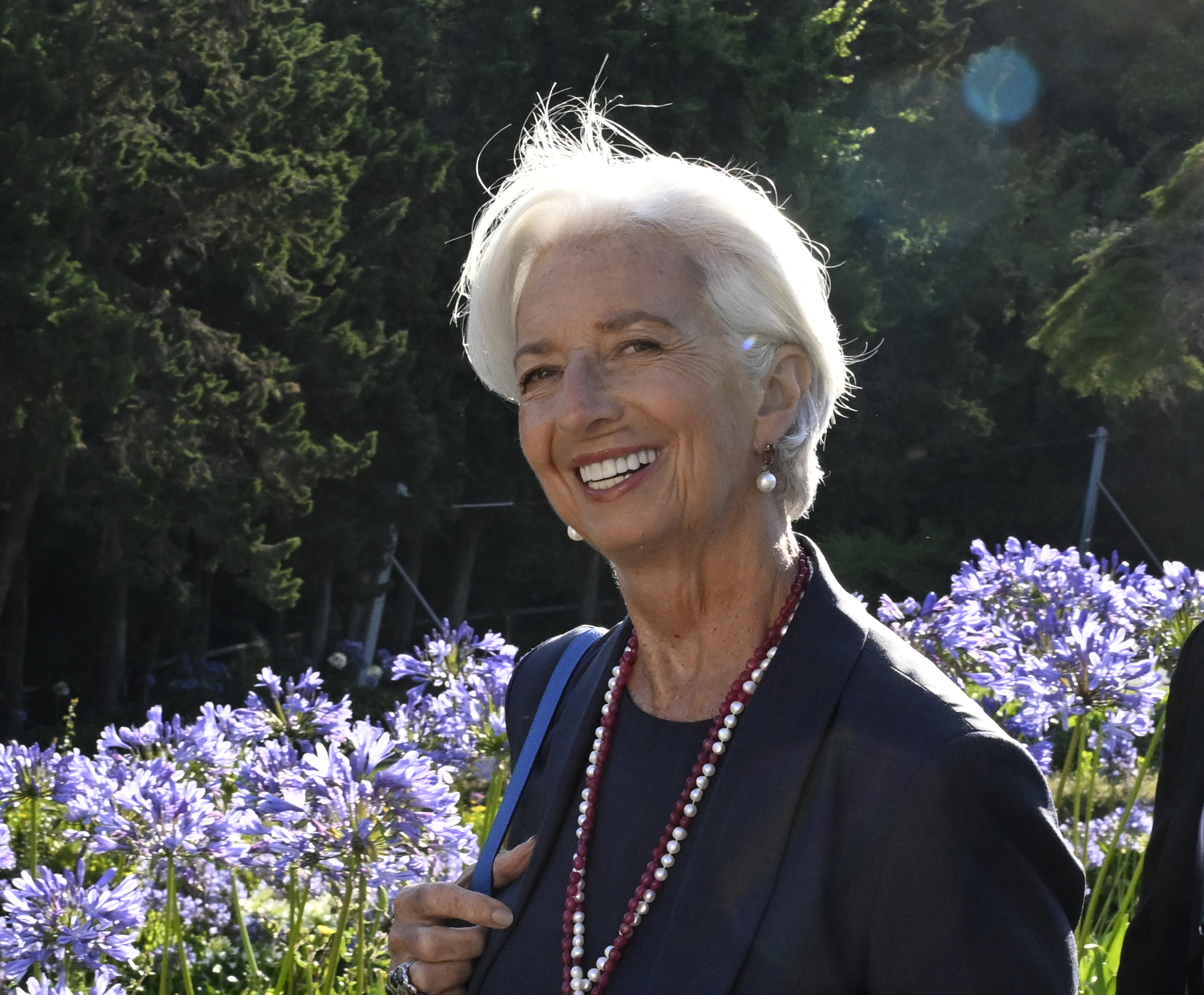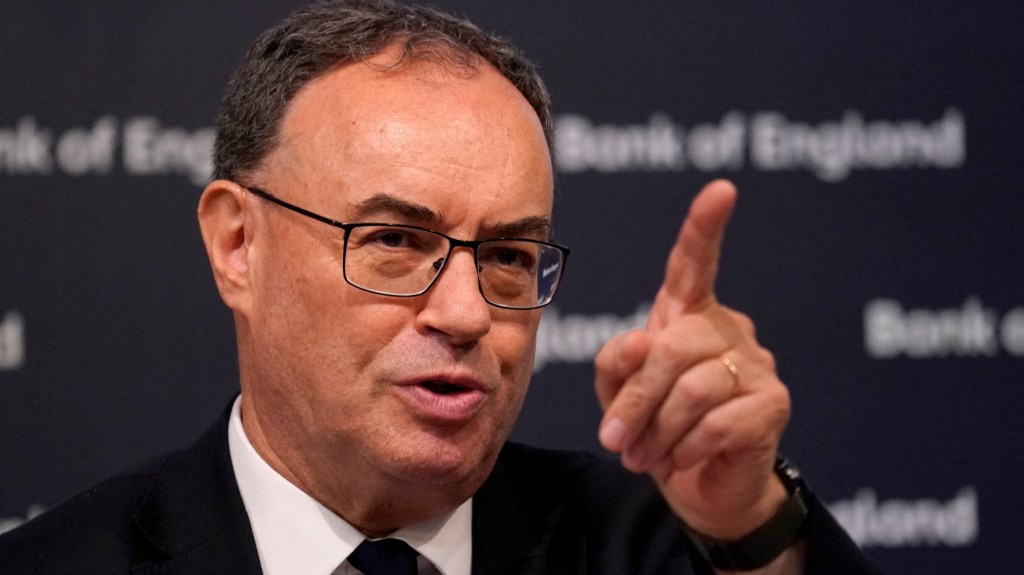Central Bankers’ Agenda at Jackson Hole: Key Discussion Points and Implications
As the world’s leading central bankers gather for an exclusive, closed-door meeting in the Grand Teton mountains of Wyoming, they face a critical question: How far and how quickly should interest rates be cut?
Central bank leaders from the US, UK, and the eurozone will attend the two-day symposium in Jackson Hole next week, a key event in the central banking calendar. Hosted by the Federal Reserve Bank of Kansas City, a regional arm of the US central bank, the Jackson Hole gathering serves as a setting for ratesetters pivoting to a more accommodating monetary policy after two years of aggressive measures aimed at curbing inflation.
Founded in 1982 by Paul Volcker, the iconic former Fed chairman, Jackson Hole has become associated with significant economic and central banking shifts over the past three decades. Its location, chosen for Volcker’s love of fly-fishing, adds to its unique charm.
The symposium gained prominence during the 2009 financial crisis, serving as a platform for policymakers to discuss emergency measures to prevent a deep economic depression. Notable past moments include speeches by Mario Draghi, then president of the European Central Bank, in 2014, and inaugural policy addresses by Jerome Powell, the Fed chairman, in 2018, and Andrew Bailey, governor of the Bank of England, in 2020.

Despite its significance to financial markets, Jackson Hole maintains a highly exclusive attendee list, typically not exceeding 130 people. It includes central bank governors and executives from around the globe, along with a select group of economists, academics, journalists, and market-watchers. The detailed schedule for the two days is revealed only hours before the event begins, which this year kicks off on Thursday.
The highlight of this year’s conference, titled “Reassessing the effectiveness and transmission of monetary policy,” is the traditional Friday morning address from the Fed chairman, the only public broadcast of the event.
Powell’s address will be his first post-summer speech, a period marked by global stock turbulence, the worst since the pandemic began. Investor fears of a looming US recession were triggered by a rise in the unemployment rate from 4.1% to 4.3% in July.
Although US stock prices have stabilized since then, Powell’s speech will be closely analyzed for insights into the Fed’s perspective on the American labor market and potential interest rate cuts in the near future.

During the height of the market sell-off on August 5, investors anticipated an emergency Fed rate cut this month, followed by a possible significant reduction in September to alleviate economic pressure.
Andy Schneider, a senior economist at BNP Paribas, predicts that Powell will use his speech to “signal that incoming data supports the Fed beginning to normalize policy imminently,” strengthening expectations for a September rate cut. “While we don’t think Powell will rule out a 50-basis-point cut in September, he will likely downplay fears that the Fed is behind the curve or that the US economy is deteriorating rapidly,” Schneider added.
Traders have reduced their bets on a 50 basis point cut to below 20%, following recent data showing declining inflation and strong consumer activity in July. However, investors still anticipate a total of 100 basis points in rate cuts by the year’s end, reducing borrowing costs to between 4.25 and 4.5%.

Ralf Preusser of the Bank of America commented, “The next few weeks will likely determine whether the Fed cuts rates by 0.5 to 0.75 percentage points or by 1.5 percentage points or more this year.”
Powell’s upcoming speech is expected to contrast sharply with last year when he signaled that interest rates would remain higher for longer than markets anticipated. Over the past 14 months, the Fed’s focus has shifted due to headline inflation falling to 2.9%, its lowest since 2021.
Economists believe Powell will emphasize the outlook for the labor market and reassure that the economy is not on the brink of recession, sending a clear message that substantial loosening is unwarranted. Powell is also predicted to highlight the Fed’s data-dependent approach, with important inflation and job figures pending before the meeting on September 16.
On Friday evening, investors will also scrutinize a speech by Andrew Bailey, the Bank of England governor, following lower-than-expected inflation figures this month. Services inflation decreased from 5.7% to 5.2% in July, below the Bank’s 5.6% forecast and a notable drop this year. Additionally, unexpected unemployment reduction and 0.6% growth in the second quarter highlighted the UK’s economic resilience.

The MPC narrowly voted to cut rates by five to four this month, marking its first loosening since 2020. Bailey’s speech may provide insights into whether the Bank expects lower inflation, justifying further rate cuts, or if the July figures were an anomaly.
Traders do not anticipate another base rate cut in the UK next month, betting on only two more reductions this year given recent growth data. However, Capital Economics analysts predict inflation will consistently fall below the Bank’s 2% target next year, potentially leading to more aggressive easing.
Though central bankers at Jackson Hole have yet to claim victory over inflation, various risks still threaten the inflation outlook, including oil price spikes and a resurgence in global shipping costs.
The upcoming US presidential election, which may introduce an inflationary tariff regime under Donald Trump, is another concern for the Fed. Conversely, central bankers face criticism for possibly delaying rate cuts, as evidenced by this month’s market panic.
“The risks facing central banks aren’t all pointing in the same direction right now,” noted James Smith, an economist at ING.






